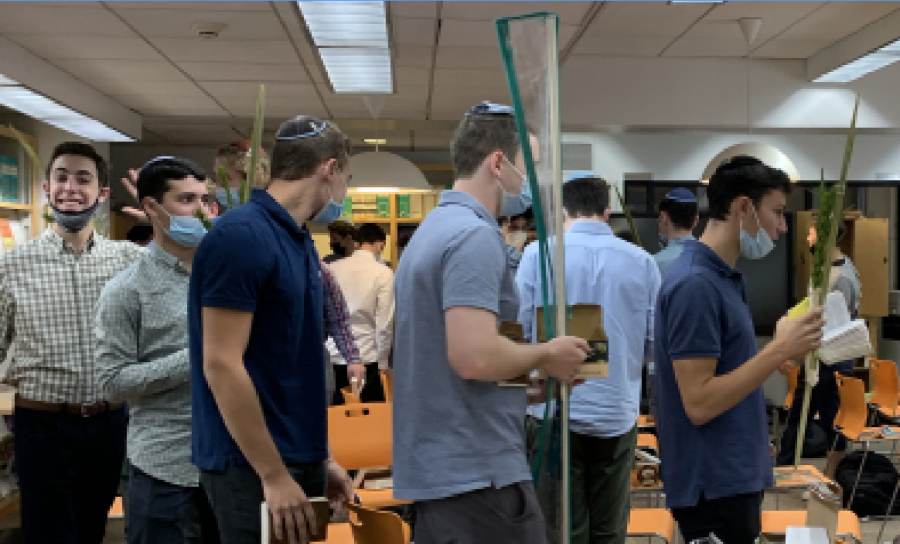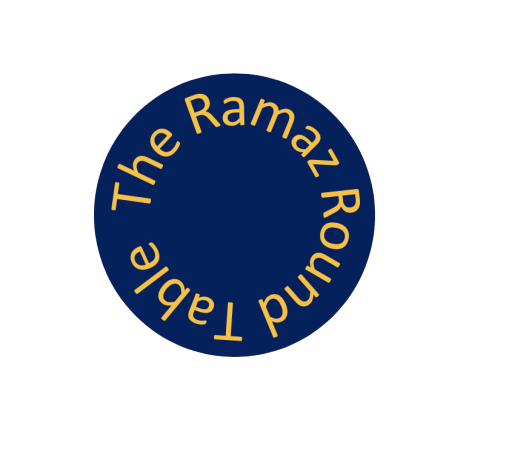First or Second Period Davening?
As Ramaz students received their 2021-2022 class schedules, many were shocked to see shacharit was scheduled for second period instead of first. The original implementation of second-period davening began with the 2020-2021 school year as a way of limiting the spread of Covid-19. As we return to school this year, Ramaz has tried to return to the normalcy of a pre-Covid life, yet the placement of second-period davening has not budged. Almost all other Yeshivot have kept the tradition of first-period davening throughout the pandemic. Many students have attended Ramaz their entire lives, and davening has always been the first thing students do when they come to school.
Having davening first period differs Ramaz from other public and non-Jewish institutions as it sends a message about what comes first in our day. Our priority is to talk to God before we begin our other daily activities. Davening is not only a form of praise, thanks, and conversation with God but also an introduction to our day, a formal “waking up.” When this routine that students are used to and taught from childhood is interrupted, classes begin in a disorderly fashion, and the day can seem out of place.
First-period classes are a significant concern for many commuting students. Road traffic and train delays are out of students’ control. Because of this, students walk into their first-period class late and unready to learn, already missing information they are later forced to make up in addition to loads of homework, tests, and extracurriculars. If davening was first period and a student was running late, they had the opportunity to pray at home or makeup whatever they missed.




